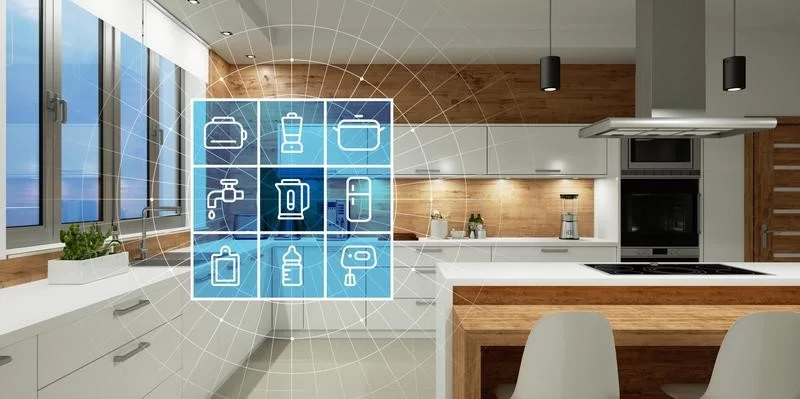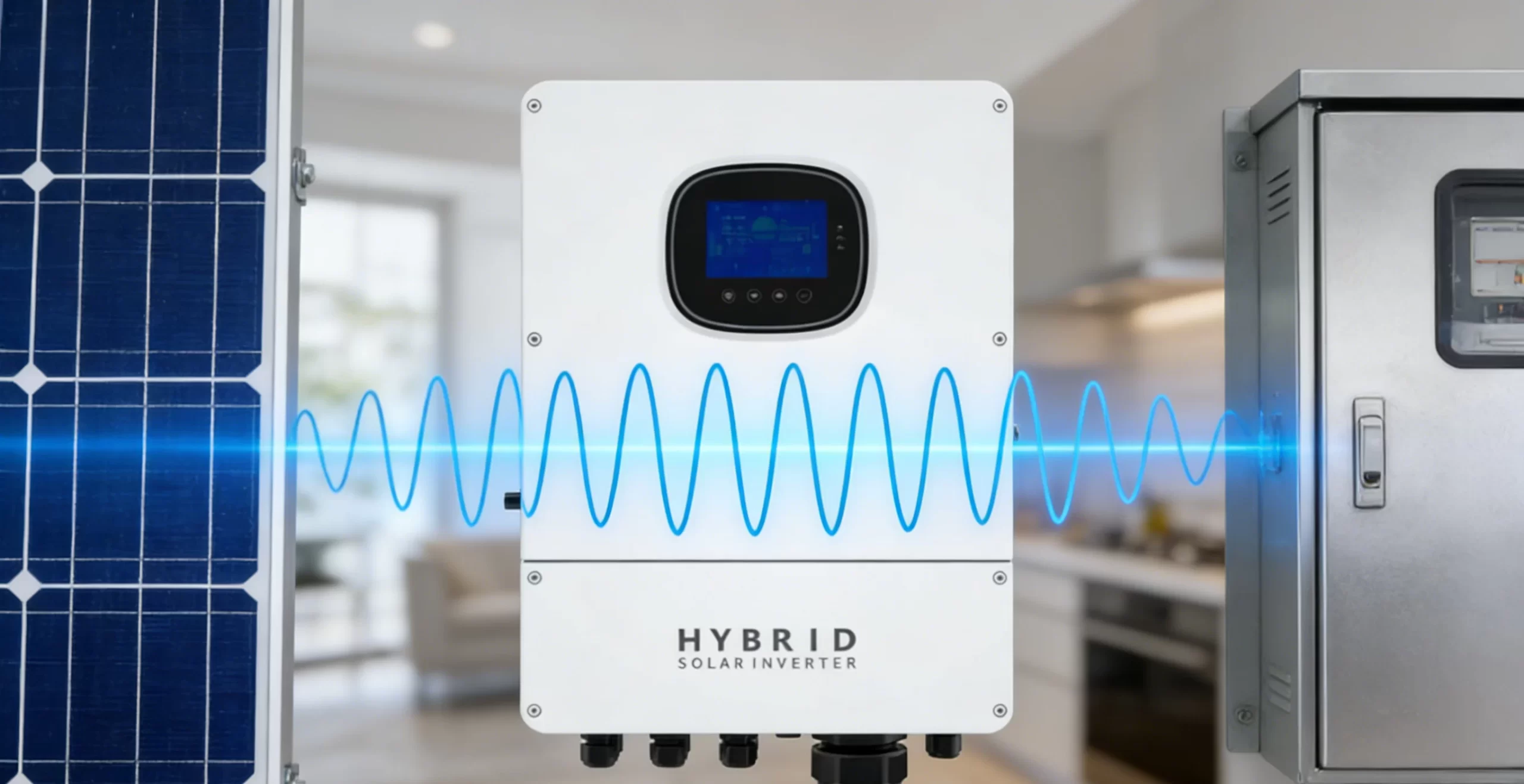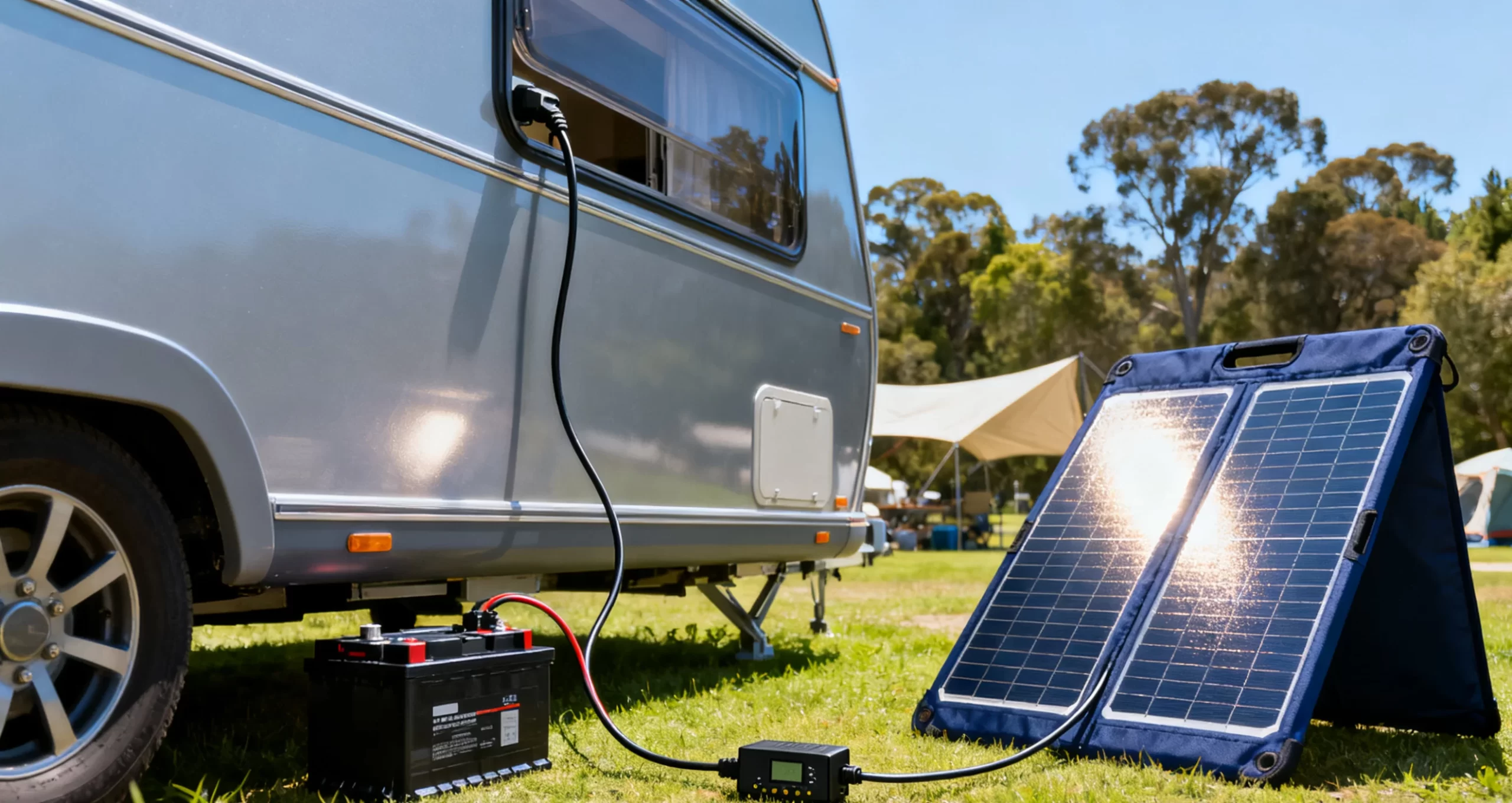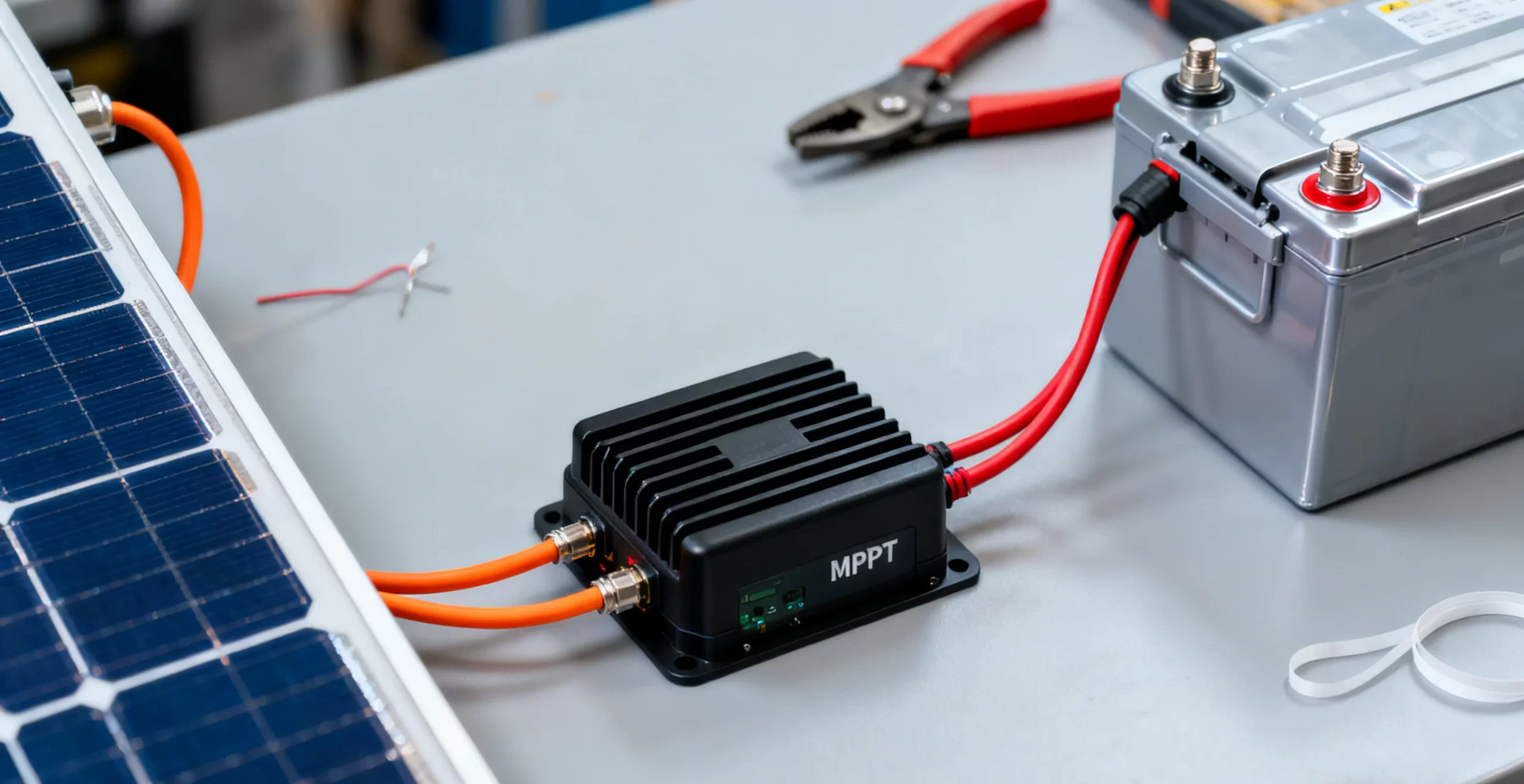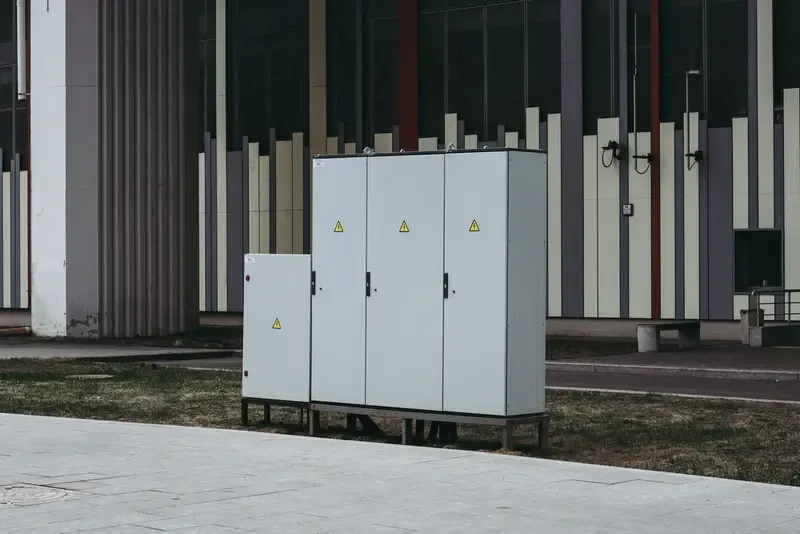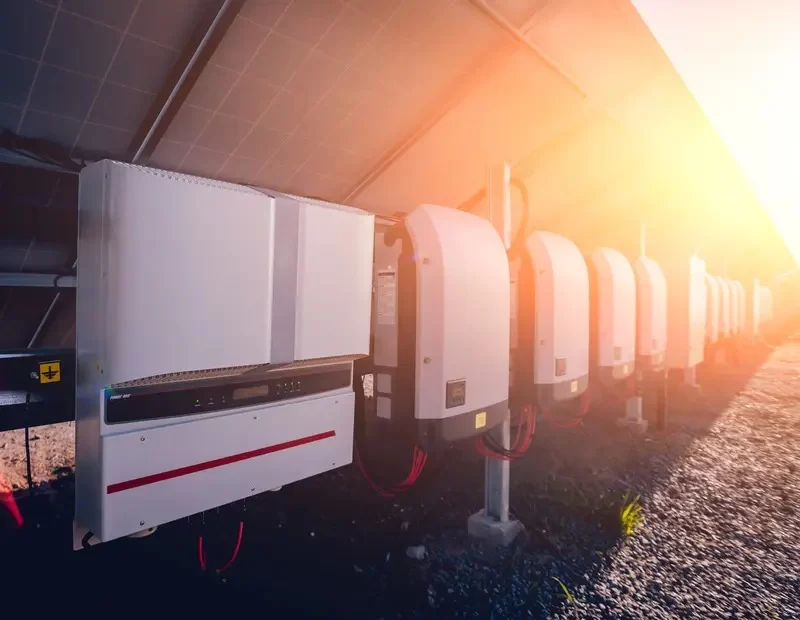- tel:+86-13651638099
- Email: [email protected]
- Official website: www.hj-net.com
- Address: 333 Fengcun Road, Fengxian District, Shanghai
Get A Quote Now!
Maximizing Efficiency: Design and Layout Tips for Stacked Energy Storage Systems
In the ever-evolving world of renewable energy, stacked energy storage systems are becoming increasingly popular for their ability to store and distribute energy efficiently. For homeowners looking to enhance their home solar system, understanding the best practices in designing and laying out these systems is crucial. This article explores key design and layout techniques to optimize the performance of your hybrid solar system, offering practical solar solutions for home energy needs.
Understanding Stacked Energy Storage Systems
Stacked energy storage systems are composed of multiple battery units stacked vertically or horizontally to save space and increase capacity. These systems are ideal for homeowners seeking reliable and scalable energy storage solutions. They can seamlessly integrate with a hybrid solar system or a traditional home solar system, providing a robust solution for energy storage and management.
Optimal Design Strategies
Space Efficiency Efficient use of space is a fundamental aspect of stacked energy storage system design. By stacking battery units, homeowners can maximize storage capacity without requiring a large footprint. This is particularly beneficial for those with limited space, ensuring that the solar solutions for home remain unobtrusive and effective.
Scalability One of the standout features of stacked systems is their scalability. Homeowners can start with a modest setup and expand as their energy needs grow. This modular approach allows for a tailored home solar system that evolves with the household’s consumption patterns, offering a cost-effective way to boost energy storage over time.
Integration with Solar Panels Integrating stacked energy storage with a hybrid solar system enhances overall efficiency. Proper alignment and connectivity between the storage system and solar panels ensure that energy generated during the day is efficiently stored and used during peak demand periods. This synergy reduces reliance on the grid and enhances energy independence.
Effective Layout Techniques
Centralized Location Positioning the storage system in a centralized location minimizes energy loss and maximizes efficiency. Ideally, the system should be installed close to the main energy consumption areas or near the solar inverter. This reduces the distance energy needs to travel, decreasing transmission losses.
Ventilation and Cooling Proper ventilation is essential to maintain the longevity and efficiency of battery units. Stacked systems can generate significant heat, and without adequate cooling, performance can degrade. Ensure that the installation area is well-ventilated and consider incorporating cooling systems if necessary.
Accessibility Design your layout to allow easy access for maintenance and monitoring. Regular inspection is vital to ensure the system operates optimally. An accessible setup simplifies troubleshooting and ensures that any issues can be quickly addressed, maintaining the reliability of your home solar system.
Enhancing System Performance
Monitoring and Management Utilize advanced monitoring systems to track energy storage performance in real-time. Smart management systems can optimize energy usage, predict maintenance needs, and provide insights into consumption patterns. This data-driven approach helps maximize the efficiency of your hybrid solar system.
Quality Components Investing in high-quality components is essential for long-term reliability. Ensure that the battery units, inverters, and other system components are from reputable manufacturers. Quality components may have a higher upfront cost but offer better performance and durability, making them a wise investment for your solar solutions for home.
Professional Installation Engage professional installers who have experience with stacked energy storage systems. Proper installation is critical to ensure safety, efficiency, and compliance with local regulations. Professionals can also provide valuable advice on optimizing system design and layout.
Conclusion
Designing and laying out a stacked energy storage system requires careful consideration of space efficiency, scalability, integration, and accessibility. By following these tips, homeowners can enhance the performance of their home solar system, ensuring that their solar solutions for home are both efficient and reliable. Whether you’re starting with a basic setup or expanding an existing system, these strategies will help you make the most of your renewable energy investment.

